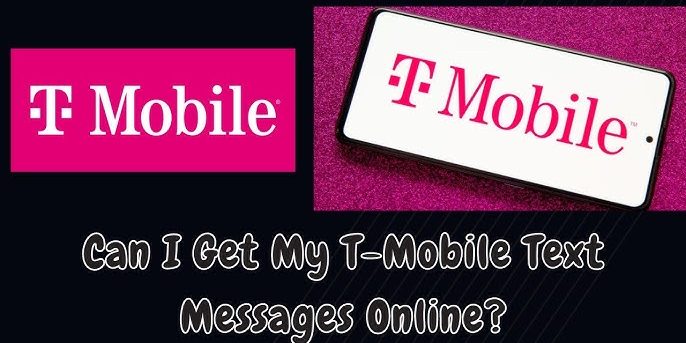Your phone buzzes with a new text message. The sender isn’t a friend or a typical business number, but a short, three-digit code: 462. Your first instinct might be to question its legitimacy, and in this case, you are right to be cautious.
A 462 text message presents a unique situation: it is a legitimate number used by a major mobile carrier, but it is also a favorite tool of scammers. This guide will explain who uses this code, how fraudsters exploit it, and the critical steps you must take to protect your account.
The Official Sender: Who Uses the 462 Short Code?
First, it’s important to know that the number itself is real. In the United States, the 462 short code is an official communication channel used by T-Mobile.

The Purpose: Security and Verification
Unlike promotional texts that offer deals, a 462 text message is almost always a system-generated security alert. T-Mobile uses this code to send important, non-marketing information, such as:
- Two-Factor Authentication (2FA) Codes: When you log into your T-Mobile account online, a code is sent from 462 to verify your identity.
- Password Reset Confirmations: If you or someone else attempts to reset your account password, a confirmation code will be sent from this number.
- General Security Warnings: The message may be a simple reminder, such as “For your security never share your verification code. T-Mobile will never contact you to ask for your code.”
Because these are official alerts, many T-Mobile customers recognize the number, which is exactly what scammers are counting on.
The Scam: How Fraudsters Exploit the 462 Text Message
Scammers know that you trust messages from official numbers. They use this trust to try and trick you into giving them access to your account in what is a very common and effective “smishing” (SMS phishing) attack.
The Impersonation Tactic
The scam almost always begins with a phone call or text from someone pretending to be a T-Mobile support representative. They might claim there has been fraudulent activity on your account, that you are eligible for a special promotion, or that they need to verify your identity for a technical issue.
Triggering a Real Alert
While on the phone with you, the scammer goes to the T-Mobile website and initiates a password reset for your account using your phone number. This triggers T-Mobile’s legitimate system to send a real verification code to your phone from the real 462 text message short code.
The Trick: Getting the Code
The scammer will then say something like, “To verify your identity, I’ve just sent a code to your phone. Could you please read it back to me?” This is the trap. The code that was just sent to you is the final key the scammer needs to take over your account, change your password, and potentially access your personal and financial information.
How to Know If It’s Safe: The Golden Rule
Distinguishing between a legitimate situation and a scam comes down to one simple question.
Did You Initiate the Action?
This is the only thing that matters.
- SAFE: If you are actively trying to log into your T-Mobile account or reset your password at that very moment, then the 462 text message you receive is for you. Use it to complete your action.
- DANGEROUS: If the 462 text message arrives unexpectedly, especially if it’s accompanied by an unsolicited phone call from someone asking for it, it is a major red flag.
Legitimate T-Mobile employees will never call you and ask you to read a security code from your phone back to them. These codes are for your eyes only. Anyone who asks for it is a scammer.
What to Do If You Receive a Suspicious 462 Text Message
If you suspect you are being targeted by this scam, take these immediate steps:
- Hang Up the Phone: If you are on a call with someone asking for the code, hang up immediately. Do not engage further.
- Do Not Share the Code: Under no circumstances should you share the code from the 462 text message with anyone.
- Secure Your Account: Go directly to the official T-Mobile website or use the My T-Mobile app to log in. Check for any unauthorized activity and immediately change your password to a new, strong one.
- Report the Incident: Contact T-Mobile’s official customer service by dialing 611 from your T-Mobile phone and report the scam attempt.
In conclusion, while a 462 text message is often a real alert from T-Mobile, its unsolicited arrival is a classic sign of a scam in progress. By remembering to never share your verification codes, you can easily defeat these attempts to compromise your account and keep your personal information safe.


